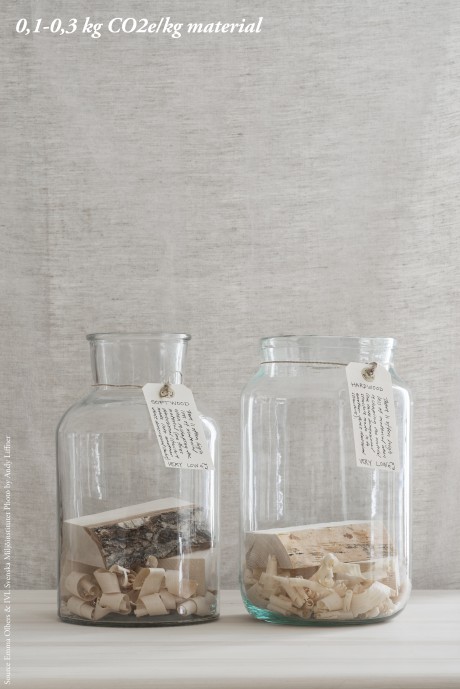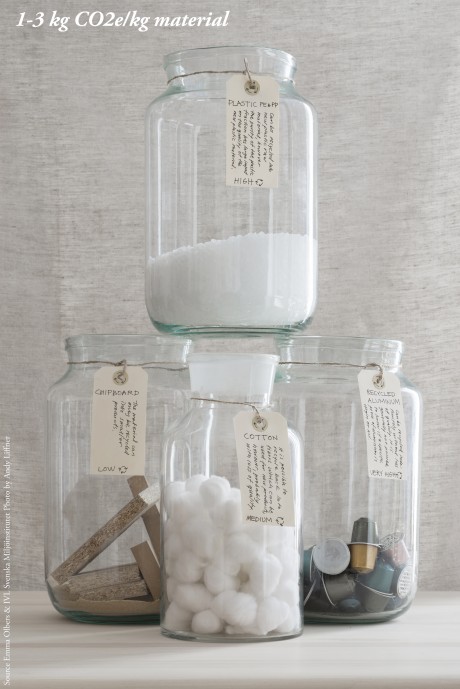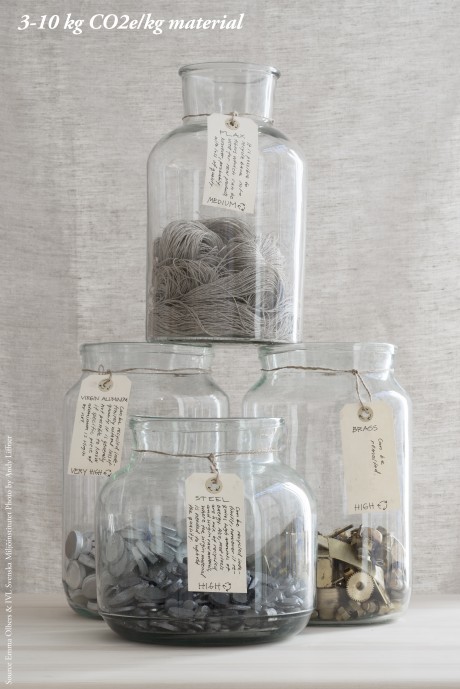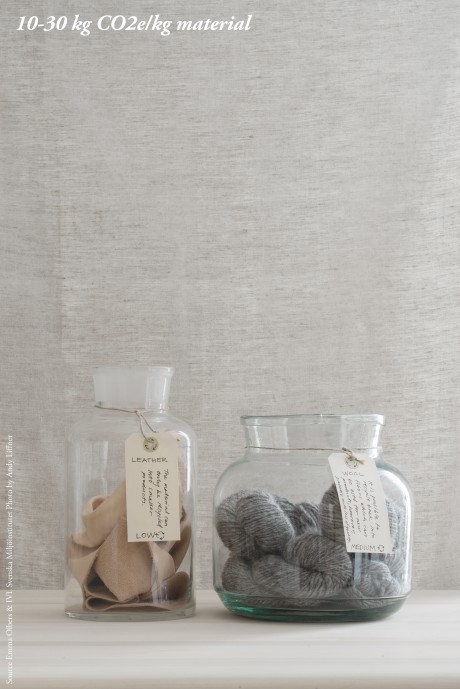Where does it come from, where does it go?
An exhibition at the Swedish Furniture Fair 2016 called “Where does it come from, where does it go?” An exhibition where Emma together with IVL Swedish Environmental Research Institute explored how much carbon footprint the material Emma work with emit.
Here is the text from the exhibition:
Climate change is a great challenge that affects us all. Current trends in the furniture industry don’t reflect the climate impact of different materials. My hope is that this exhibition will help raise the awareness. As materials are the single most important factor to consider when designing, producing or buying sustainable furniture, I have, together with IVL Swedish Environmental Research Institute selected common materials and ranged them according to CO2e footprint. Where does is come from, where does it go?
A new global and legally binding climate agreement, defining a joint plan for reducing climate emissions, was signed at the COP21, the Climate Summit in Paris last December. The agreement outlines the global rise in temperature must be kept well below 2°C, and efforts must be made to limit it to 1.5°C. The most important part in order to achieve this is to limit and reduce the CO2e emission. We all need to contribute for this to happen!
Furniture may not be the major culprit when it comes to climate change. Nevertheless, both the industry and consumers need to think carefully about how furniture impacts the environment, how the impact can be reduced and how to make the right choices. With furniture, as with other products, one needs to look at the whole life cycle of a certain product in order to assess its environmental impact.
Furniture has its greatest impact on the environment at the beginning and at the end of its life, in contrast to for example cars that consume energy throughout its entire life cycle. The major issues to consider regarding furniture therefore includes; How is it produced? Where is it produced? Which materials are used? How are the materials produced? How is it transported? What is the life cycle of a certain product? What happens at the end of its life? Is it recyclable? Or in short; Where does it come from, where does it go?
In order to make a fair assessment of how sustainable, in terms of climate change, a piece of furniture is, it’s important to consider the individual materials. For the producer to meet the consumer expectations, and stay close to the market, it’s of outmost importance to raise the awareness of how to make sustainable choices through out the entire life cycle; from design to materials, production and recycling.
Sustainability is a concept that is easy enough to grasp but its inherent parameters can be complex and it’s often dif cult to assess the absolute level of sustainability for a certain product. With this project, and in this room, I have focused on materials. Materials from our everyday products, and in particular our furniture. How, and to what degree, does different materials have an impact on climate change? Is it possible to rank different materials in terms of their level of sustainability?
This exhibition should be seen as an attempt to provoke the importance of how different materials impact climate change and to what extent. With the help of IVL I have taken a shot at precisely that. This was not an easy task. Therefore, I have focused solely on how different materials differ in CO2e - footprint. The different materials and their interrelation on the table should not be seen as either a comprehensive or an absolute examination of this issue, as other important parameters of sustainability such as energy- & water input and product life cycle have not been taken into account. Where does it come from, where does it go?
Click on the questionmark to download the booklet from the exhibition.








